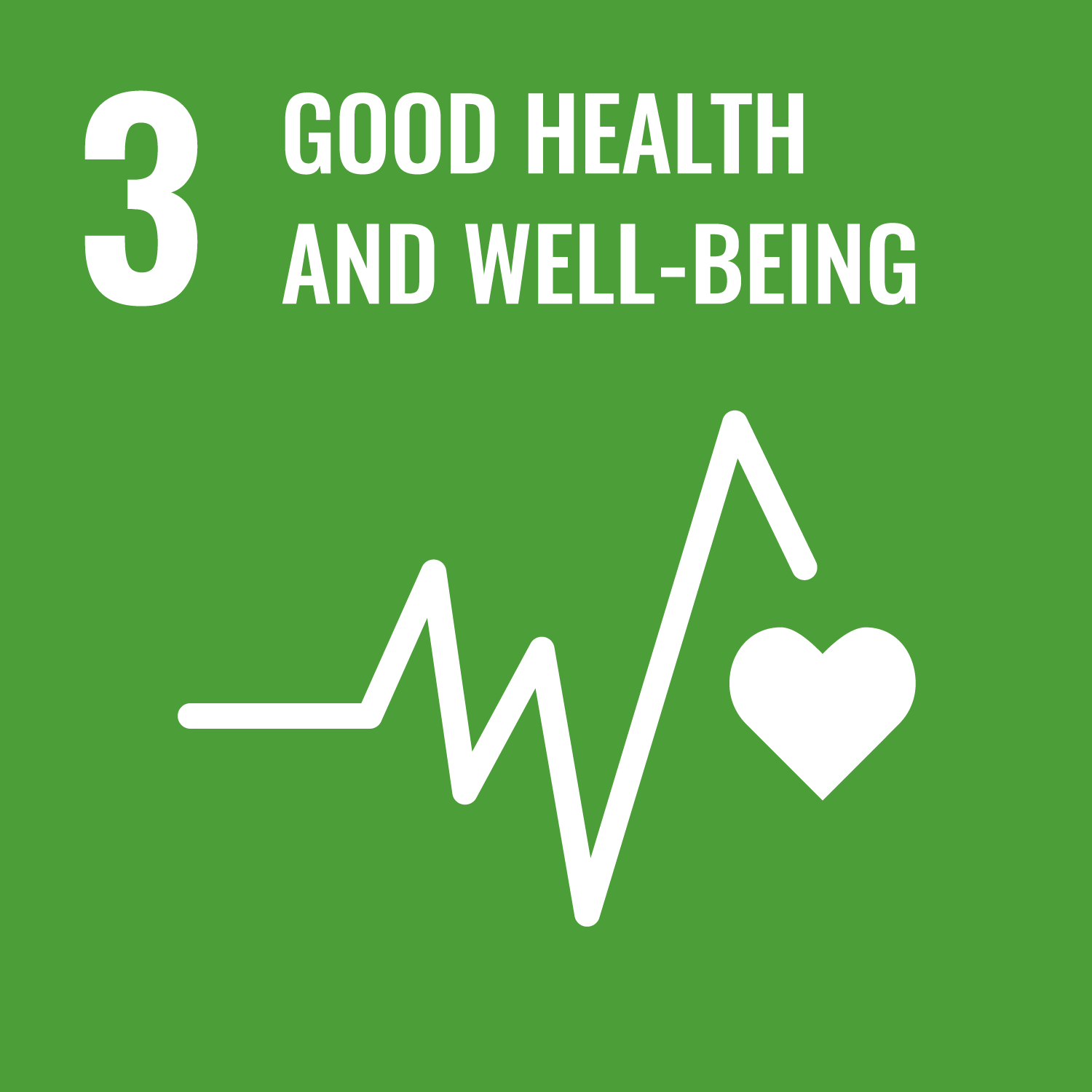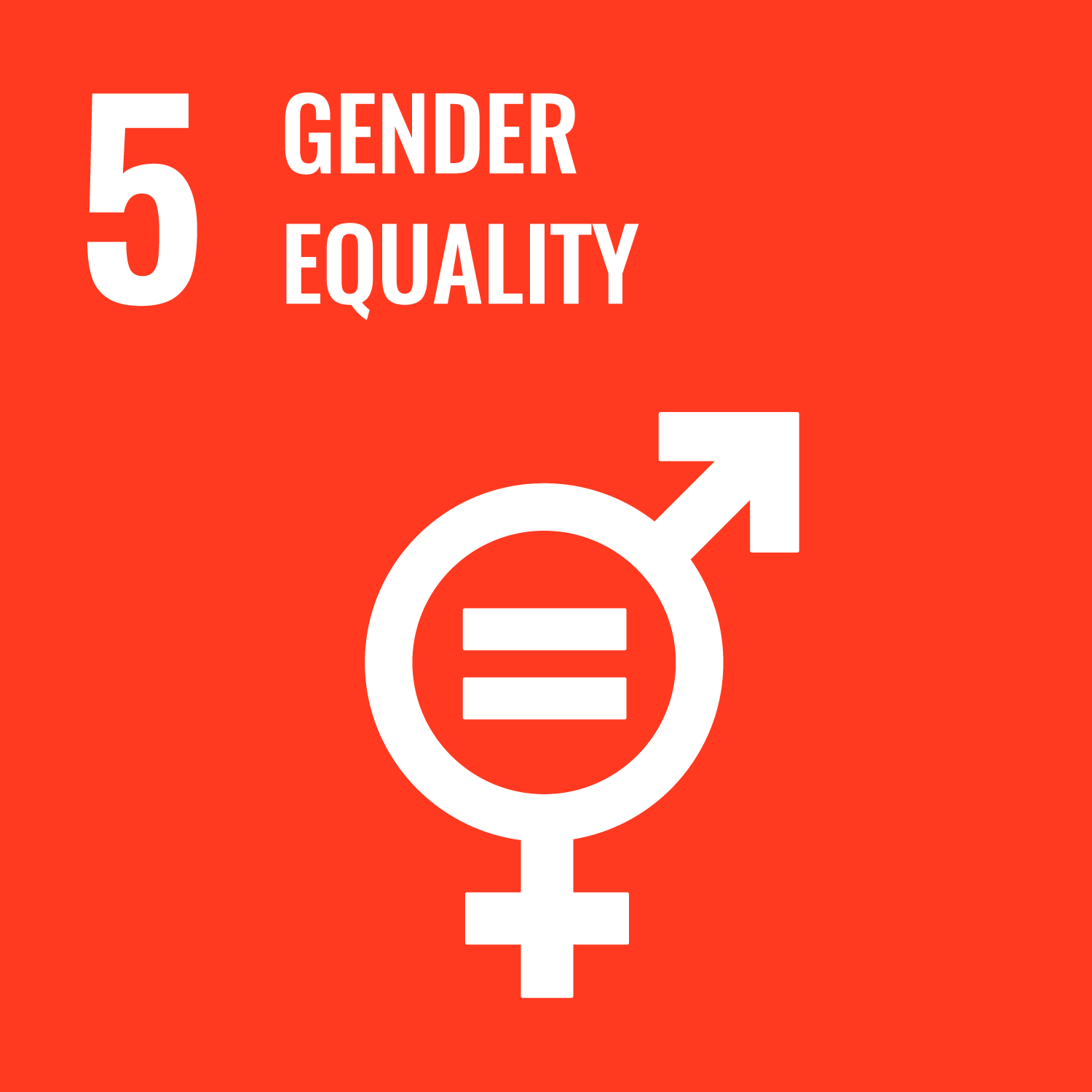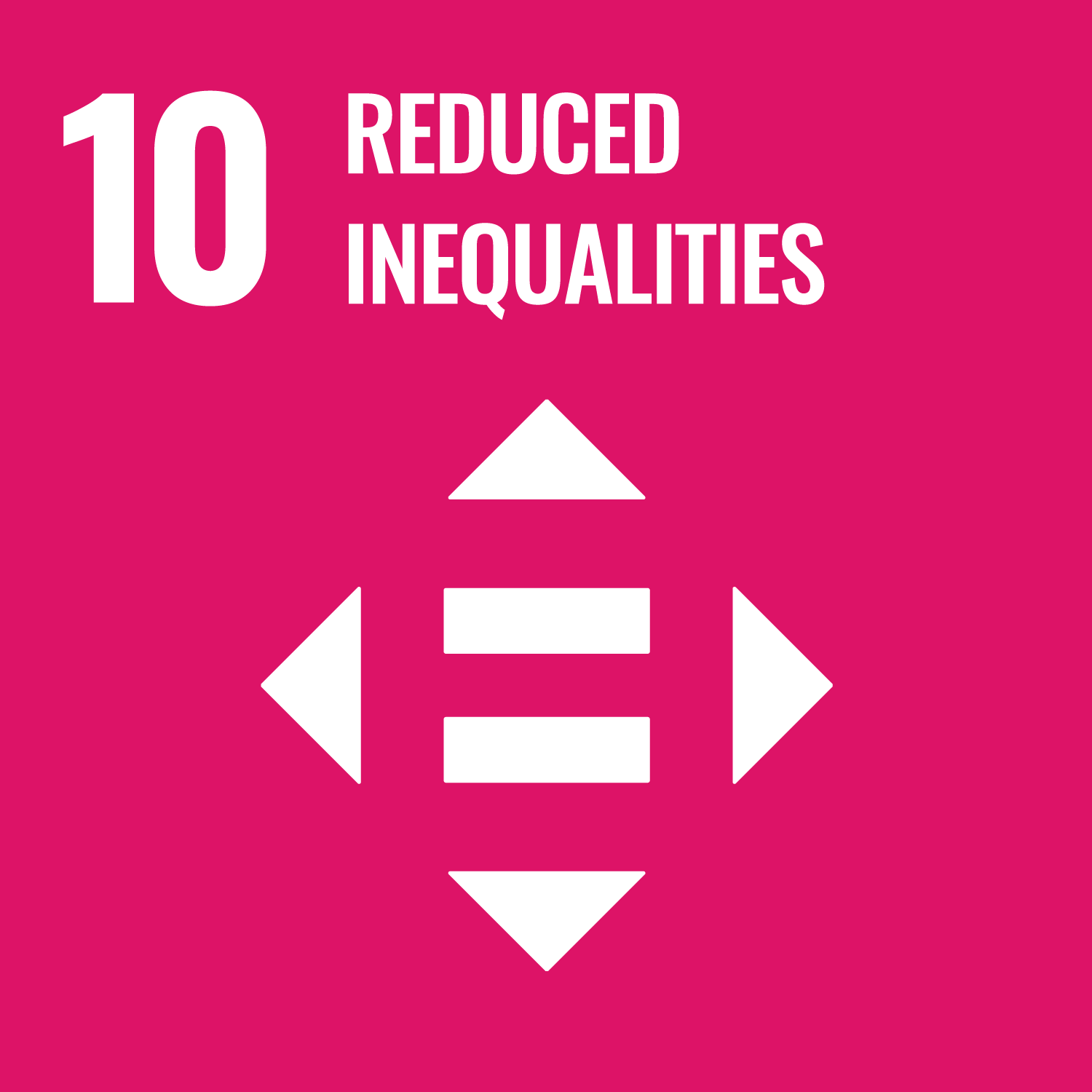Intersex awareness day creates a space and opportunity to highlight human rights issues faced by people with diverse Sex Characteristics. As a diverse SOGIESC organisation, we acknowledge that the I included in LGBTQI+ is often added tokenistically and in much of the LGBTIQ+ movements work, left behind.
Intersex people are born with physical sex characteristics that do not neatly fit medical and social norms for female or male bodies.
As highlighted in the #ActivistInterview with Esan Regmi, Co-Founder and Executive Director of Campaign for Change, discrimination often starts before conception. With the rise of assisted reproductive technologies and pre-natal screening, the elimination of diverse sex characteristics happens regularly. The rationales for the elimination of intersex traits via genetic screening technologies frequently mirror the rationales for so called corrective surgeries – that is, they are grounded in the idea that it is wrong to grow up with atypical sex characteristics.
Small Luk, an intersex activist and the founder of ‘Beyond Boundaries – Knowing and Concerns Intersex’ shared in her #ActivistInterview, the experiences of discrimination that people with diverse sex characteristics face. She said that many intersex people have had non-consensual medical interventions, designed to make their bodies more typically female or male. These coercive medical interventions are often not necessary from a health perspective, but instead rely on social and cultural rationales, with a desire for people’s bodies to fit into a sex binary of male and female looking. She said that there is lots of bullying in schools, and that many intersex people she knows dropped out of school. This leads to insecure livelihoods, insecure housing, lack of economic sustainability and access to ongoing medical support, often needed after the coercive medical treatments from birth. Sometimes people don’t have identity documentation that aligns with their gender identity, sometimes due to intersex traits not making themselves known until puberty.
Esan also noted that “Intersex is not a homogeneous classification as there are at least 40 different intersex variations known to science, and intersex people have different kinds of bodies as well as different identities and lived experiences.”
Asa Senja, an intersex activist with Intersex Asia says in his #ActivistInterview, people sometimes conflate transgender and intersex: “I feel that some people might think that I am a transexual. I feel that some consider me as a weird person and a sinner. Although I am still grateful that most of them still respect me as a human being and just don’t bother, unfortunately, the reason behind their acceptance is because of the pathologisation. They say that it’s as part of a “biological disorder”; hence it’s okay if intersex people change their gender identity to the “right one” to fit the binary sex and genderism.”
The key demands of the movement are captured in various seminal texts, including the Malta Declaration 2013, the African Intersex Movement Public Statement 2017, the Darlington Statement and the Yogyakarta Principles +10. They broadly include:
- Ending forced and unnecessary medical interventions on intersex people, mainly children
- Ending infanticide and killings of intersex people, and abandonment of intersex children
- Challenging the pathologisation of variations in sex characteristics, and the justification of mutilating and ‘normalising’ interventions amongst healthcare practitioners and in international law and policy, for example, World Health Organisations’ International Classification of Diseases.
- Ending forced sterilisation of intersex people
- Raising awareness amongst parents, healthcare practitioners and researchers; campaigning to affirm gender diversity as a normal and healthy aspect of human diversity
- National level law, policy and practice reform in healthcare, education and employment
- Legal gender recognition, including access to diverse gender markers
- Achieving justice for abuses and access to medical records and history
- Building a more sustainable movement
- Removing barriers to intersex people participating in sports
- Changing laws and policies around assisted reproductive technology and prenatal screening
Asa so eloquently at the end of his interview says, “I believe the initial yet essential change for intersex people should be visibility. With us being more visible, it would ignite more discussions which lead to better policies. I hope this would create a path where intersex people could gain respect, and of course, be loved.” This intersex awareness day we urge you to read our intersex #ActivistInterviews, read the various seminal texts from the intersex movement, check out Intersex Human Rights Australia and Intersex Asia and think about how you can be more inclusive of people with diverse sex characteristics in your work








